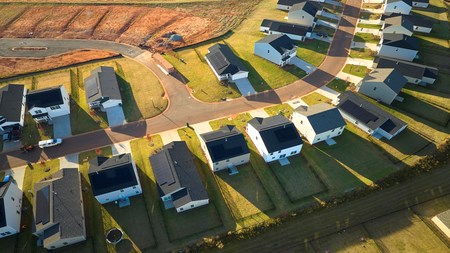Space is becoming a scarce commodity in cities. Burgeoning numbers of people in urban areas have changed the way we live, with large portions of the population living in townhouse complexes. This does mean that there are many housing developments with little or no green spaces. It is often simply not possible to have a conventional garden – which is why vertical gardens, living walls and green roofs are becoming popular for people with little space.
The concept of a vertical garden, despite recent popularity, is not all that new. In fact, the concept is largely based on the Hanging Gardens of Babylon, one of the Seven Wonders of the Ancient World. Simply put, a vertical garden is one in which a wall is completely or partially covered by plants. Walls may be covered by creeping plants, plants on a soil-filled shelf, or panels from which plants grow.

How beautiful is that!?
From an aesthetics point of view living walls can provide colour to drab, barren spaces. Another benefit is that seasonal changes can bring about new hues. By choosing the right type of plants, businesses or home owners can have a dynamic wall that changes colour throughout the year. Marketers have effectively used living walls as company logos, billboards or in event promotion.
A living wall also has numerous environmental benefits. They provide insulation, ensuring that a building will not need extra heating in winter or cooling in summer. They improve air quality by reducing the amount of dust. A living wall increases biodiversity in urban areas which is important when you consider the fact that one in eight plants is threatened with extinction. They are an excellent means of food and shelter for wildlife. Another point to add to the plus column is that a living wall reduces noise pollution.
Depending on budget and taste a living wall can be used to make an artistic statement, grow herbs, fruit or vegetables. As with all gardens, your geographic location will determine which plants work best. You would have to choose plants that are suited to the climate in which you live, but also think carefully about placement. Is your living wall indoor or outdoor? How much sunlight will each wall that needs to be covered receive? You can attempt a basic vertical garden using plastic bottles or have professional landscapers install panels.
Bosco Verticale is a green project that is planned in Milan. It is to be an urban forest where trees, plants and shrubs will adorn the walls and roof of two apartment blocks. This 10 000m2 forest will have an irrigation system that uses greywater from the building. In addition to using recycled water, the development will use solar energy. Though building costs for such an ambitious undertaking are five percent higher than what they would be for a regular apartment block, they are part of a system optimizes, recovers and produces energy. When added to benefits such as CO2 absorption and improving air quality, green projects such as this could be the future for rapidly developing cities that need build homes while at the same time being sustainable.



